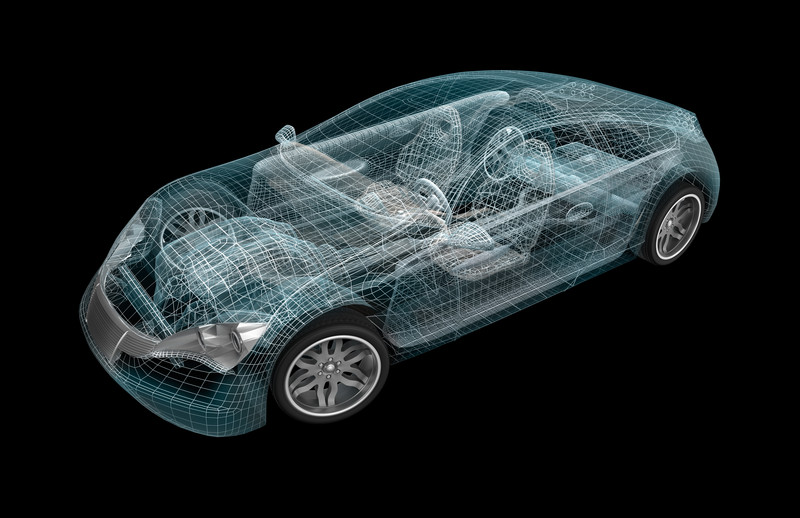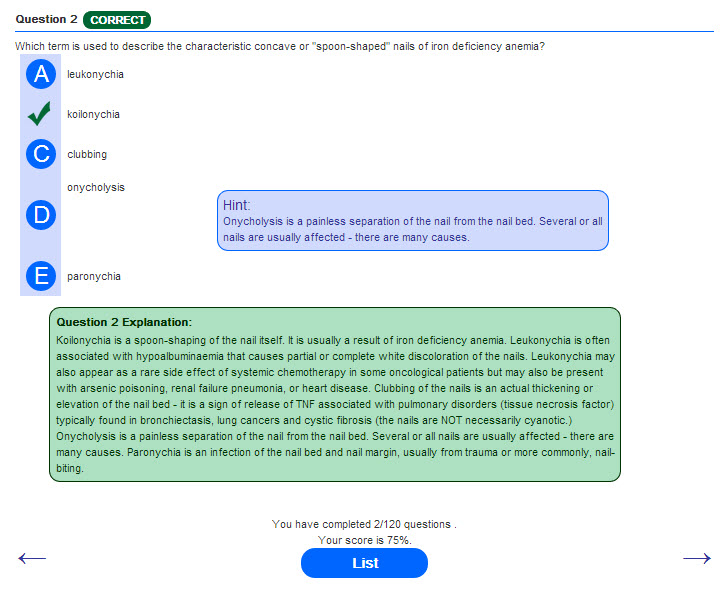-
Gallery of Images:

-
Computer Networking: Principles, Protocols and Practice Modernday computer animators draw less because of the facilities computers give them, yet their work benefits greatly from a basic understanding of animation principles, and their additions to. Design of Computer Programs; Free Course Design of Computer Programs. Nanodegree Program Deep Learning. Accelerate your career with the credential that fasttracks you to job success. Introduction to principles of computer science. Algorithms, complexity analysis, data structuring, data and procedural abstraction, grammars, correctness, logic principles, processor organization, operating system concepts, programming languages, basic automata theory, and theoretical limitations. Software Principles At Google, we put a lot of thought into improving your online experience. Were alarmed by what we believe is a growing disregard for your rights as computer users. Hobart Computer Repairs, Upgrades and Network Solutions Business IT solutions, networking, support and software development Hobart Hiring an Experienced IT Support Technician Apply by emailing For courses in ComputerIntegrated Manufacturing, CADCAM, Innovations in Technology, and Advances in Manufacturing. For Community College students or 4 year college students. A unique new text whose emphasis on the underlying principles of ComputerIntegrated Manufacturing (CIM) creates a treatment that is effectively balanced between the needs of the technologist and management. The basic principles of networks, the terminology used and the features offered by the most commonly used systems are summarized. Principles of Computer Hardware. Computer technology pervades almost every aspect of our life: from the cars that we drive, to the mobile phones that we use to communicate; from the digital cameras that capture images of the world around us. Microsoft Word NC1900 PRINCIPLES OF COMPUTER PROGRAMMING L3 P2 MEMO NOV 2009 Author: Swanepoel. The main goal of this course is to teach the fundamental principles used in computer science to a general audience so that they understand how computer scientists use these principles to solve complex problems to improve their daily lives. In Computer Science Principles, Big Idea 3 is Data and Information. This tutorial takes you through 10 practice questions related to Data and Information to help you prepare for the AP Computer Sci Build a Modern Computer from First Principles: From Nand to Tetris (ProjectCentered Course) from Hebrew University of Jerusalem. What youll achieve: In this projectcentered course you will build a modern computer system, from the ground up. In objectoriented computer programming, the term SOLID is a mnemonic acronym for five design principles intended to make software designs more understandable, flexible and maintainable. It is closely related to the GRASP software design principle. 3 The Computer Model Computer Software q A computer program is a sequence of instructions (statements) q Expressed in a given language (e. C) q The language has a vocabulary Computer Science Principles is an AP Introduction course to the broad field of computer science. You'll discover how the Internet works, dig into cryptography, build your own. Computer Science Principles introduces students to the foundational concepts of computer science and challenges them to explore how computing and technology can impact the world. More than a traditional introduction to programming, it is a rigorous, engaging, and approachable course that explores. Find exactly what you want to learn from howto videos about Programming Foundations, taught by industry experts. Find exactly what you want to learn from howto videos about Programming Foundations, taught by industry experts. This course is the second part of our AP Computer Science Principles curriculum. List of principles of Computer Science Note: The following is a literal quote (except for some font changes) of Section 5. 4 in Computing Curricula 1991 (CC1991). The twelve recurring concepts listed below are the principles of Computer Science that form a basis for St. Principles of Computer System Design: An Introduction is the first book to identify, examine, and illustrate the fundamental principles and abstractions in computer system design that are common across operating systems, networks, database systems, distributed systems, programming languages, software engineering, and computer architecture. Principles of Computer System Design is the first textbook to take a principlesbased approach to the computer system design. It identifies, examines, and illustrates fundamental concepts in computer system design that are common across operating systems, networks, database systems, distributed systems, programming languages, software engineering, security, fault tolerance, and architecture. Principles of Computer System Design is the first textbook to take a principlesbased approach to the computer system design. It identifies, examines, and illustrates fundamental concepts in computer system design that are common across operating systems, networks, database systems, distributed systems, programming languages, software. Expand your knowledge of engineering computer systems and develop a critical perspective. This course covers the principles and practice of engineering of computer software and hardware systems, including techniques for controlling complexity, virtual memory, and threads. This tutorial will guide IT personnel, QA managers, operational managers and users of computer hardware and software through the entire high level validation process from writing specifications and vendor qualification to installation and initial and ongoing operation. The basic principles of how a computer operates are generally the same whatever its purpose is. Laptop and desktop computers are among the most common types. Operating System Computer Networking: Principles, Protocols and Practice (aka CNP3) is an ongoing effort to develop an opensource networking textbook that could be used for an indepth undergraduate or graduate networking courses. AP Computer Science Principles Course and Exam Description2017 This is the core document for this course. It lays out the course content and describes the assessments and the AP Program in general. 10 Principles of Ergonomics Dan MacLeod, 1990, 2008. For published versions of the following information, see Training Materials. You may also license this material for inhouse training. Principles of Computer Security, Fourth Edition is a studenttested, introductory computer security textbook that provides comprehensive coverage of computer and network security fundamentals in an engaging and dynamic fullcolor design. Computer Science Principles is a 12part record of the first offering of the University of Washingtons Computer Science Principles course, CSE120 in Winter 2011. PREFACE Principles of Computer Communication Networks is primarily intended for use in an undergraduate course in Computer Networks and Communication Systems. The method of presentation of each chapter makes this book a comprehensive resource for anyone pursuing a career in telecommunications and data communication. Principles of ComputerAided Design and Manufacturing is the product of many years of experience teaching courses in computeraided design (CAD). My first book, published in 1991, was a challengethe technology was evolving and both the hardware and software were changing rapidly. Learn quiz security principles computer chapter 1 with free interactive flashcards. Choose from 500 different sets of quiz security principles computer chapter 1 flashcards on Quizlet. 826 provides an introduction to the basic principles of computer systems, with emphasis on the use of rigorous techniques as an aid to understanding and building modern computing systems. Particular attention is paid to concurrent and distributed systems. Completely updated and revised throughout, the fourth edition of Principles of Computer Hardware explores the fundamentals of computer structure, architecture, and programming. The book opens with an introduction to the fundamental concepts behind computer architecture: gates, circuits, logic, and computer arithmetic. Learn principles computer security with free interactive flashcards. Choose from 500 different sets of principles computer security flashcards on Quizlet. Completely updated and revised throughout, the fourth edition of Principles of Computer Hardware explores the fundamentals of computer structure, architecture, and programming. The book opens with an introduction to the fundamental concepts behind computer architecture: gates, circuits, logic, and computer arithmetic. Expand your knowledge of engineering computer systems and develop a critical perspective. This course covers the principles and practice of engineering of computer software and hardware systems, including techniques for controlling complexity, virtual memory, and threads. The new AP Computer Science Principles course complements AP Computer Science A by teaching the foundational concepts of computer science as it aims to broaden participation in the study of. Security is a constant worry when it comes to information technology. Data theft, hacking, malware and a host of other threats are enough to keep any IT professional up at night. In this article, well look at the basic principles and best practices that IT professionals use to keep their systems safe. Computer ethics falls in the area of normative ethics, that is the quest for the practical truth of how one's choices and actions will be good and worthwhile. Various ethical theories Throughout history many ethical theories have developed. Computer Science (CS) Principles is an intellectually rich and engaging course that is focused on building a solid understanding and foundation in computer science. This course emphasizes the content. Computer science is everywhere, from our smartphones and video games to music, medicine, and much more. AP Computer Science Principles (AP CSP) can help you understand how computing and technology influence the world around you. Founding Computer and Information Ethics. In the mid 1940s, innovative developments in science and philosophy led to the creation of a new branch of ethics that would later be called computer ethics or information ethics. Principles of Computer System Design: An Introduction is published in two parts. Part I, containing chapters 16, is a traditional printed textbook published by Morgan Kaufman, an imprint of Elsevier. Part II, containing chapters 711, is available here as an open educational resource. This textbook, an introduction to the principles and abstractions used in the design of computer systems, is. Computer Programming Principles: Program Design Computer Programming is the process of writing, testing, troubleshooting, debugging and maintaining of a computer program. Good programming practices mix art, craft and engineering discipline. AP Computer Science Principles introduces students to the central ideas of computer science, instilling the ideas and practices of computational thinking, and inviting students to understand how computing changes the world. Data and research on test guidelines including chemical testing and assessment, chemical safety, animal welfare, endocrine disrupters, good laboratory practice (GLP), Mutual Acceptance of Data (MAD). , The OECD Series on the Principles of Good Laboratory Practice and Compliance Monitoring comprises of guidance documents on various issues relating to Good Laboratory Practices and Compliance. For high schools, we offer two years of Computer Science courses for beginners. The first course, Computer Science Discoveries, is appropriate for grades 610 and the second, Computer Science Principles, can be implemented as an AP course or an introductory course. Microsoft Design.
-
Related Images:










